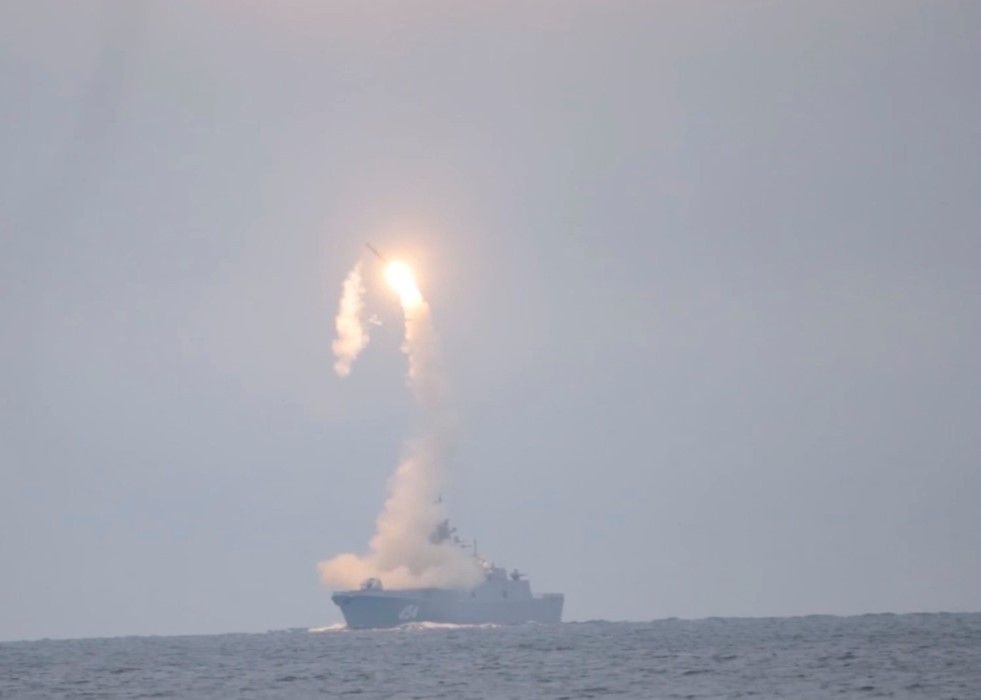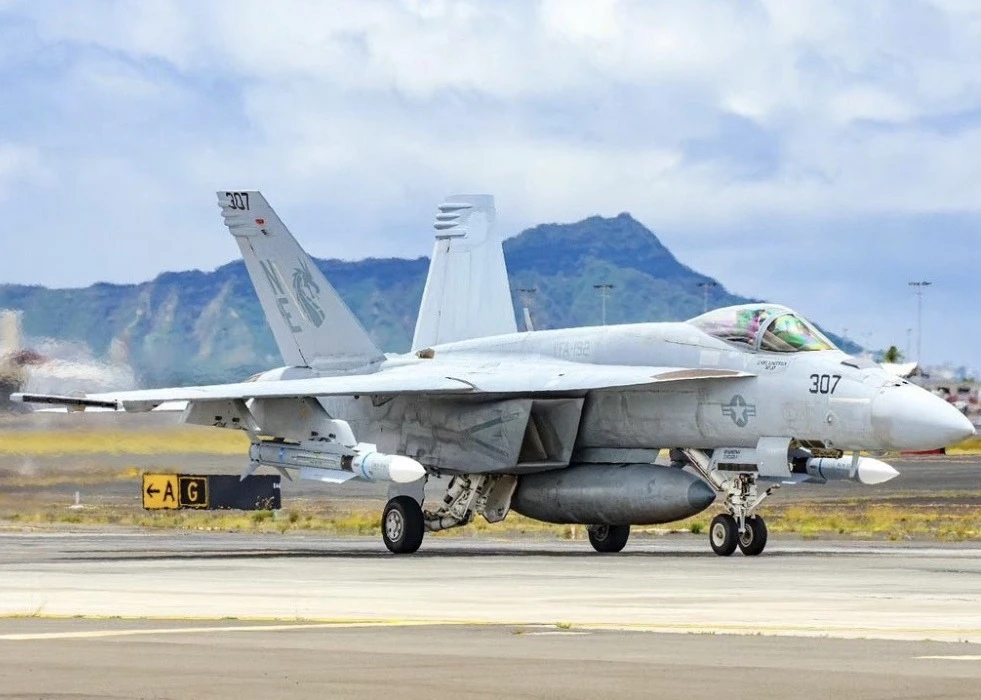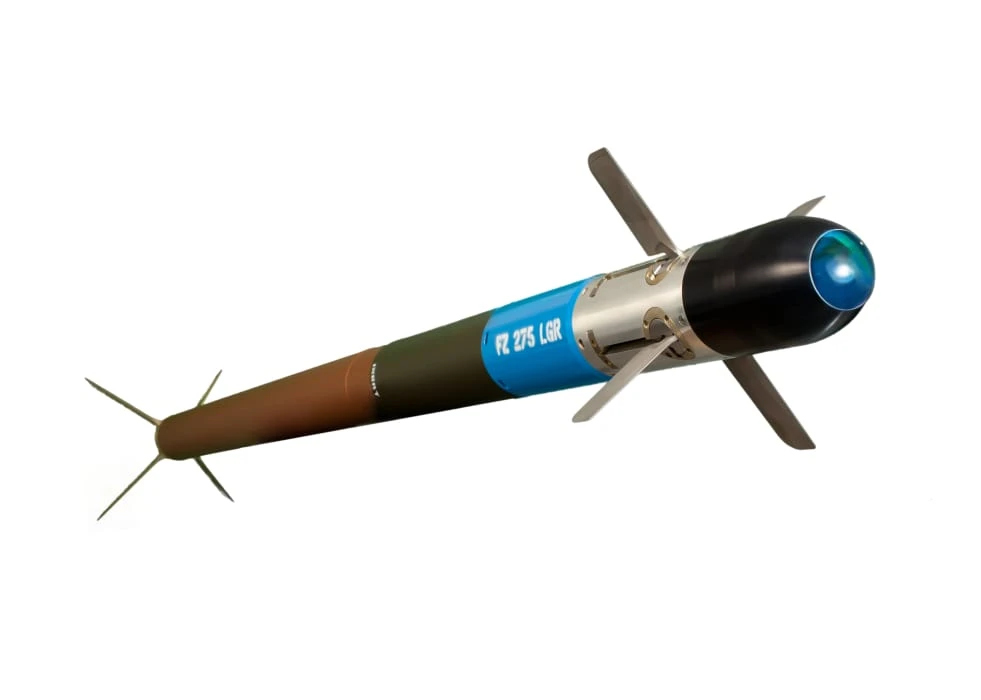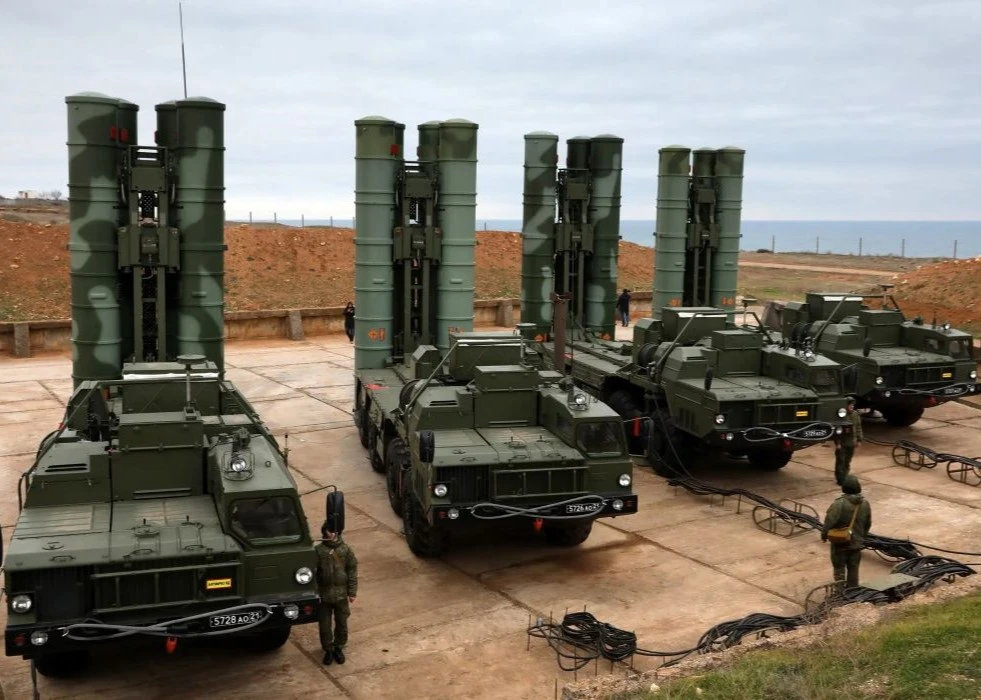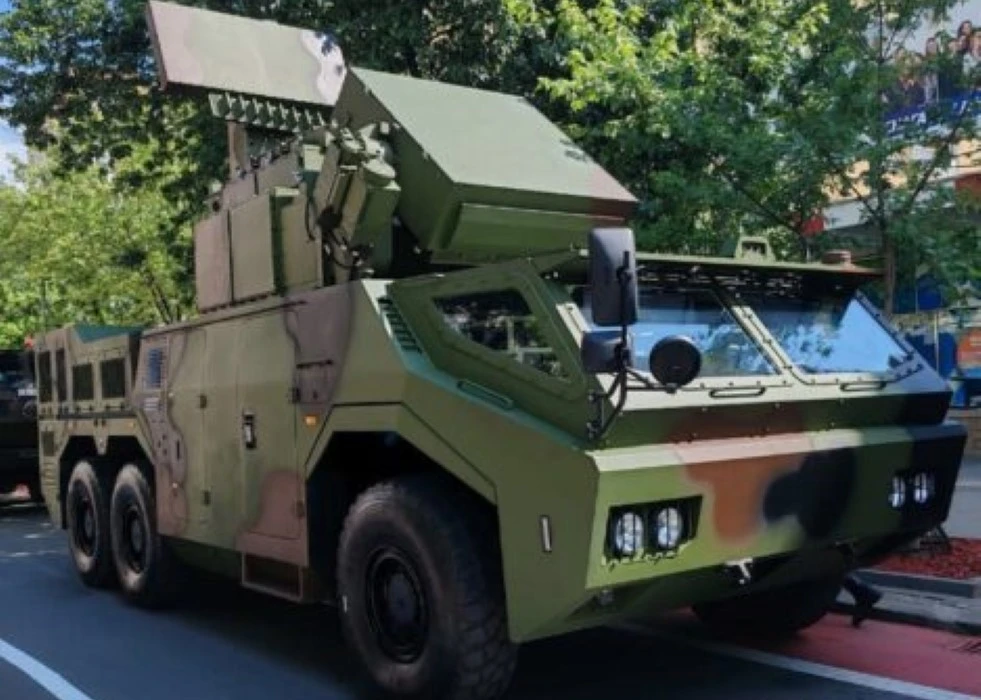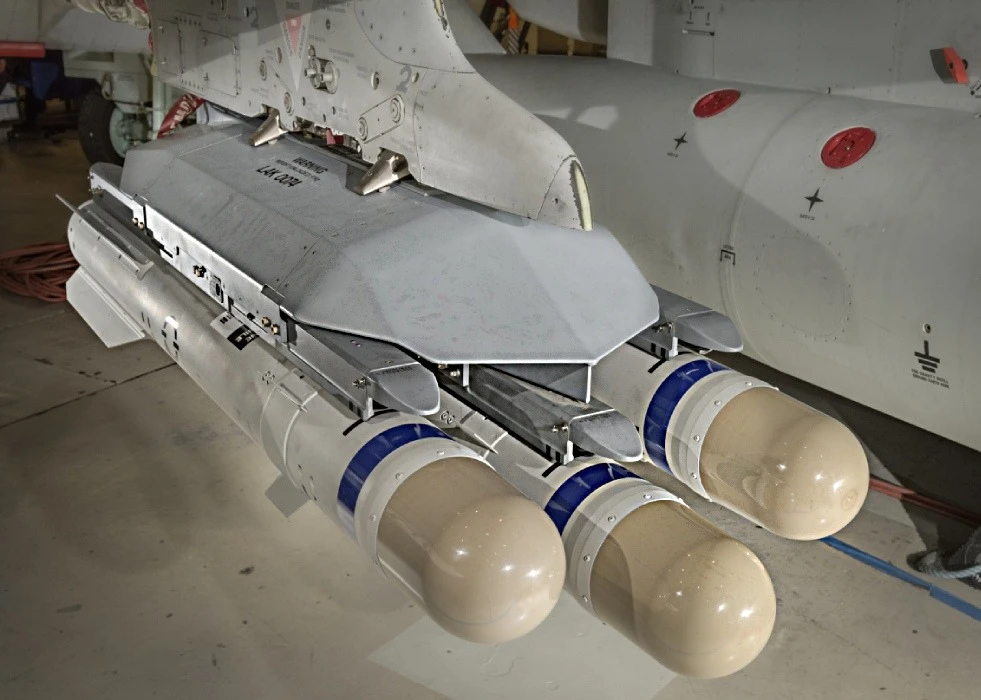The Russian Navy has completed the modernisation of the RFNS Admiral Kasatonov (461) frigate. During the activities, the 3M22 Tsirkon (NATO Reporting Name: SS-N-33) hypersonic missile was integrated into the ship. With the ship announced to start acceptance tests in the coming days, the Russian Navy has increased its surface attack capability. It is also stated that a test launch will be carried out during the trials. The ship's navigation systems reached a more advanced infrastructure, and digital equipment was also integrated. In this way, the crew's situational awareness will increase, and the reaction time will be reduced.
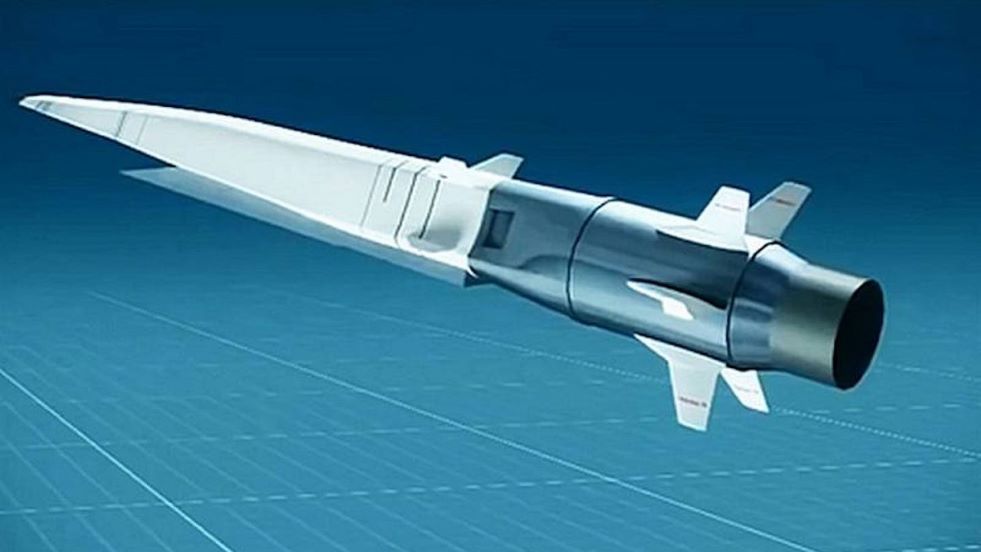
Developed for surface-to-surface purposes, Zircon (also called Tsirkon) can attack land targets in addition to surface platforms. Capable of reaching 1,000 kilometres, the system's maximum speed is stated as Mach 9, depending on ambient conditions and altitude. Russia's most important advantage is that the equipment that can intercept the missile, which is almost impossible to engage enemy air defence systems thanks to its speed, is extremely limited. The missile, which allows a very limited reaction time for the defence, must be destroyed from long distances. In the event of a hit with close-range systems, even the debris travelling at a very high speed will cause enough damage to knock ships out.
Nevertheless, it is known that hypersonic missiles experience guidance problems during navigation due to various reasons, and these problems cannot yet be overcome. Therefore, the systems have to slow down before the terminal phase. Conversely, the West believes that the systems can be neutralised thanks to the weapon's soft side, which Russia considers almost impossible to hit. The recent claim that Ukraine shot down a Kh-47 Kinzhal (NATO Reporting Name: AS-24 Killjoy) using MIM-104 Patriot family interceptors is an example of this situation.


